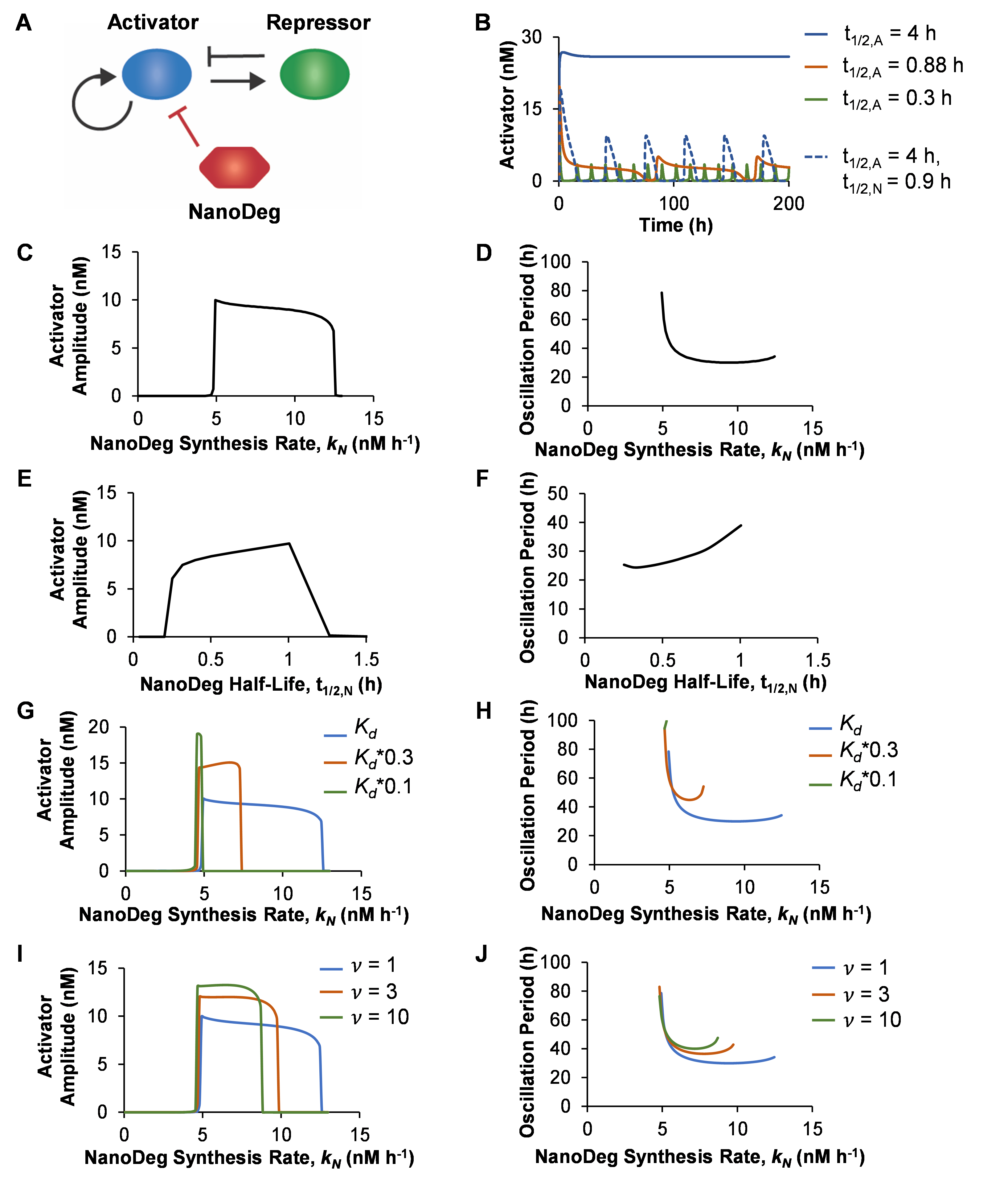Found 56 results
Article
27 November 2023Enhancing the Monitoring Protocols of Intermittent Flow Rivers with UAV-Based Optical Methods to Estimate the River Flow and Evaluate Their Environmental Status
Temporary streams are a key component of the hydrological cycle in arid and semi-arid regions, but their flow is highly variable and difficult to measure. In this paper, we present a novel approach that could be used to assess the flow of temporary streams this allowing to characterize their environmental status. Specifically, we apply the Image Velocimetry (IV) method to estimate surface velocity in temporary streams using Unmanned Aerial Vehicles (UAVs) equipped with optical sensors (IV-UAV method). The IV-UAV method enables the easy, safe and quick estimation of the velocity on the water’s surface. This method was applied in different temporary streams in Lesvos Island, Greece. The results obtained indicate that the IV-UAV can be implemented at low discharges, temporary streams and small streams. Specifically, the water depth ranged from 0.02 m to 0.28 m, while the channel width ranged from 0.6 m to 4.0 m. The estimated surface velocity ranged from 0.0 to 5.5 m/s; thus, the maximum water discharge was 0.60 m3/s for the largest monitored stream of the island. However, there were many occasions that measurements were unable due to various reasons such as dense vegetation or archaeological sites. Despite of this, the proposed methodology could be incorporated in optical protocols which are used to assess the environmental status of temporary streams of Mediterranean conditions. Finally, this would become a valuable tool for understanding the dynamics of these ecosystems and monitoring changes over time.
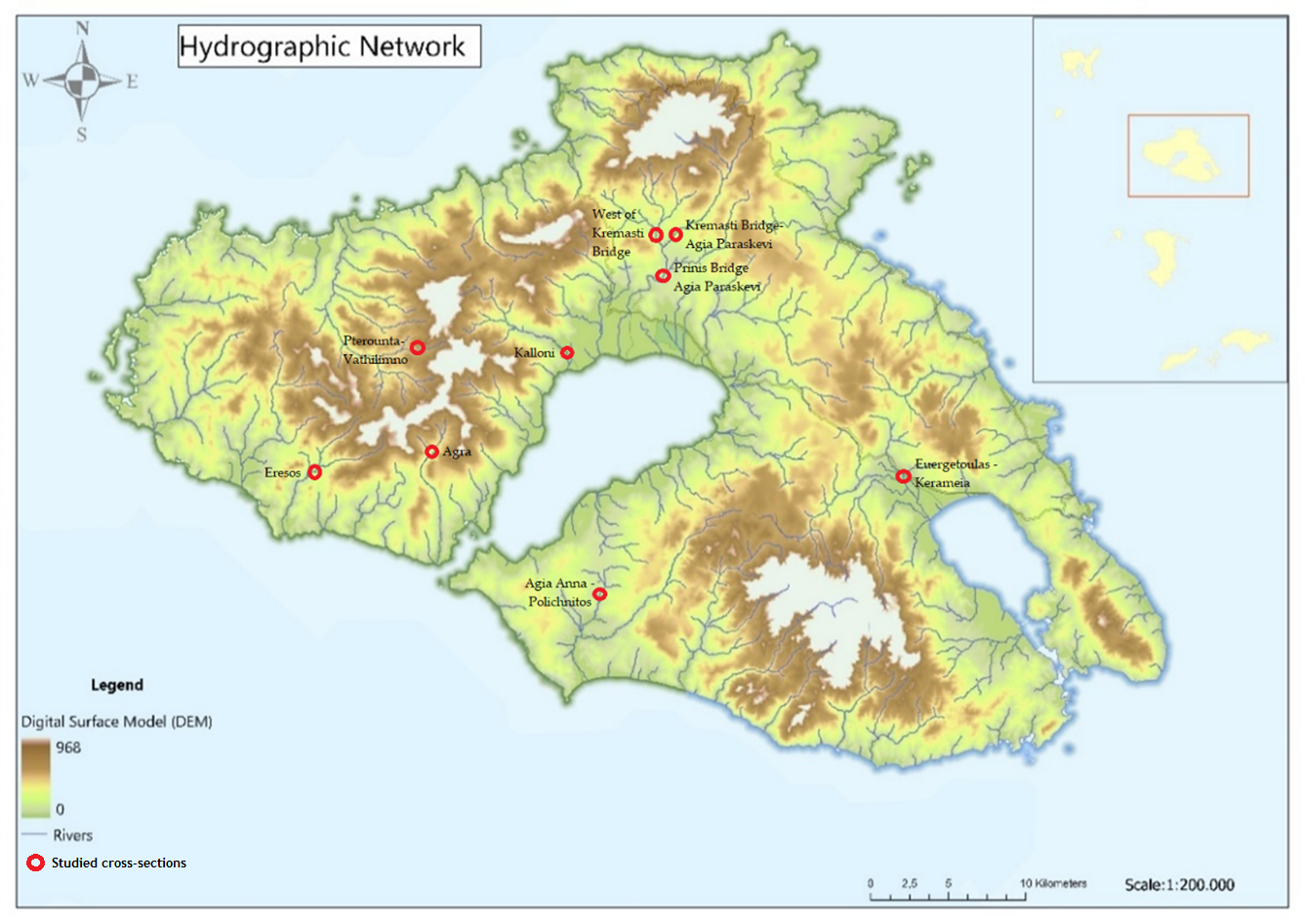
Review
31 October 2023Metabolic Engineering of Microorganisms Towards the Biomanufacturing of Non-Natural C5 and C6 Chemicals
Five-carbon (C5) and six-carbon (C6) chemicals are essential components in the manufacturing of a variety of pharmaceuticals, fuels, polymers, and other materials. However, the predominant reliance on chemical synthesis methods and unsustainable feedstock sources has placed significant strain on Earth’s finite fossil resources and the environment. To address this challenge and promote sustainability, significant efforts have been undertaken to re-program microorganisms through metabolic engineering and synthetic biology approaches allowing for bio-based manufacturing of these compounds. This review provides a comprehensive overview of the advancements in microbial production of commercially significant non-natural C5 chemicals, including 1-pentanol, 1,5-pentanediol, cadaverine, δ-valerolactam, glutaric acid, glutaconic acid, and 5-hydroxyvaleric acid, as well as C6 chemicals, including cis, cis-muconic acid, adipic acid, 1,6-hexamethylenediamine, 6-aminocaproic acid, β-methyl-δ-valerolactone, 1-hexanol, ε-caprolactone, 6-hydroxyhexanoic acid, and 1,6-hexanediol.
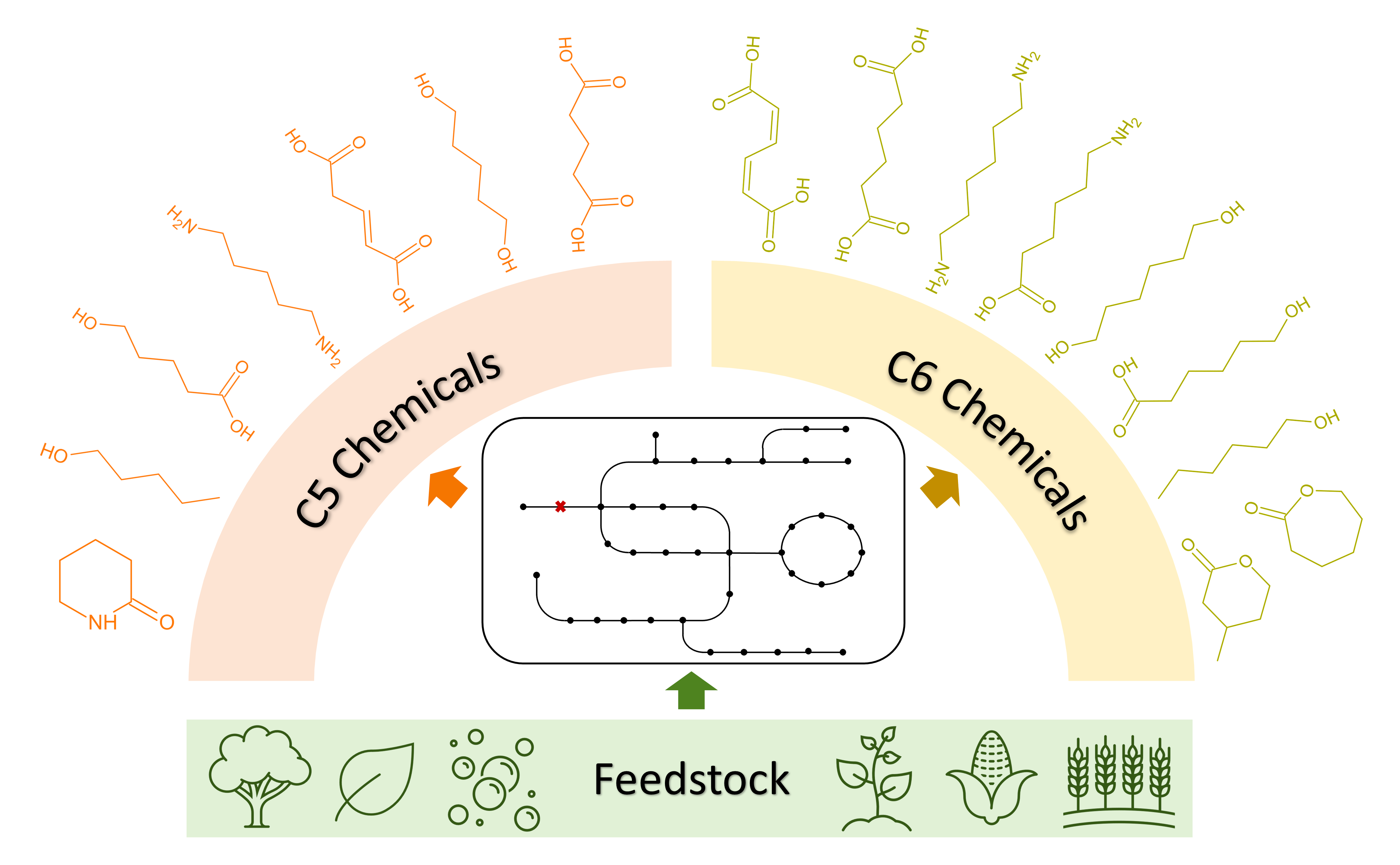
Article
16 September 2023Hepatic Lysosomal Enzyme Activity in Primary Biliary Cholangitis
Lysosomal enzymes are implicated in autophagy and senescence. Hepatic lysosomal enzymes have not been studied in Primary Biliary Cholangitis (PBC). We therefore quantified the activities of lysosomal hydrolases in liver tissue of PBC patients. We compared enzyme activities in liver tissue from PBC patients with normal livers. Alcoholic liver disease and chronic viral disease served as disease controls. Cathepsin B1 was significantly increased in early PBC (225.1 ± 18.06 mean ± SD, p < 0.0001) and reduced in later stages (66.5 ± 9.7, p = 0.004, controls 130.4 ± 14.9). It was reduced in patients with extensive fibrosis such as alcoholic and viral cirrhosis (p < 0.01 and p = 0.004 respectively) but not in chronic hepatitis. Cathepsin D was increased in early PBC (39 × 103 ± 4.8 SD, p < 0.0001) and less so in later stages (20.1 × 103 ± 3.9, p = 0.05, controls 14.1 × 103 ± 2.9). It was also increased in the presence of histological necro-inflammation in hepatitis. Treatment with ursodeoxycholate (UDCA) restored the abnormal values of enzymes in PBC. Lipid hydrolases mostly paralleled the changes of Cathepsins. Sequential measurements in serum of patients with acute alcoholic hepatitis showed that cathepsin B1 gradually decreases, and esterases increase as aminotransferases improve. The increased activity of lysosomal enzymes in early PBC are possibly on line with increased senescence. Treatment with UDCA restores abnormal values. In chronic liver disease, Cathepsin B1 reduction is associated with fibrosis and increased cathepsin D with necro-inflammation. Abnormalities of lysosomal enzymes indicate impairment of the final stage of autophagy in chronic liver disease.
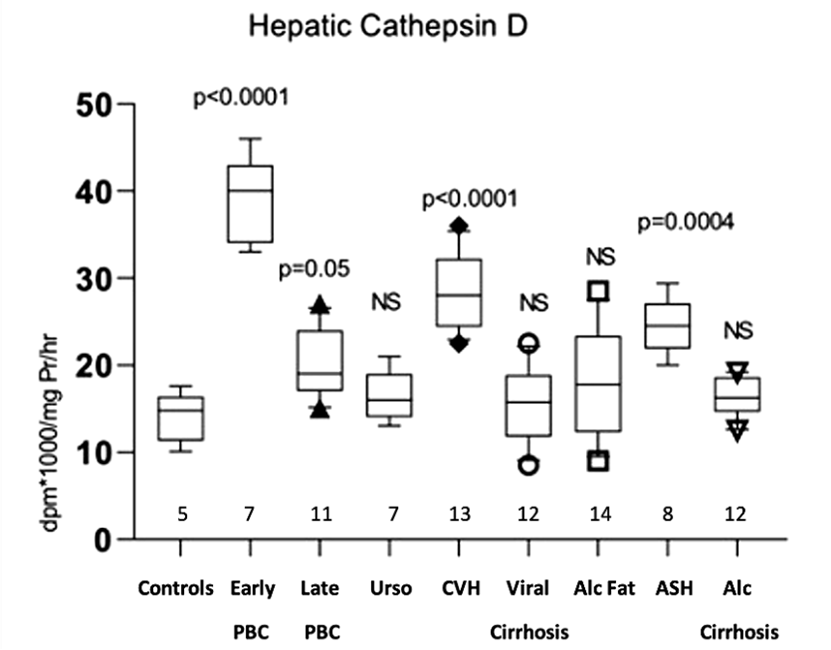
Article
31 May 2023Nitrogen-controlled Valorization of Xylose-derived Compounds by Metabolically Engineered Corynebacterium glutamicum
The implementation of bioprocesses in an economically feasible and industrial competitive manner requires the optimal allocation of resources for a balanced distribution between biomass formation and product synthesis. The decoupling of growth and production in two-stage bioprocesses, aiming to ensure sufficient growth before the onset of production, is particularly relevant when target products inhibit growth. In order to avoid expensive inducer molecules, continuing process monitoring, elaborate individual process optimization, and strain engineering, we developed and applied nitrogen deprivation-induced expression of genes for product biosynthesis. Two native nitrogen deprivation-inducible promoters were identified and shown to function for dynamic growth-decoupled gene expression or CRISPRi-mediated gene knockdown in C. glutamicum with superior induction factors than the standard IPTG-inducible Ptrc promoter. Valorization of xylose to produce either the sugar acid xylonic acid or the sugar alcohol xylitol from xylose as sole source of carbon and energy was demonstrated. Competitive titers of up to 34 g·L−1 xylonate and 13 g·L−1 xylitol were achieved in two-stage processes. We discussed that the transfer to bioprocesses with C. glutamicum using carbon sources other than xylose appears straightforward in particular regarding production of growth-inhibitory compounds by their growth-decoupled fermentative production.
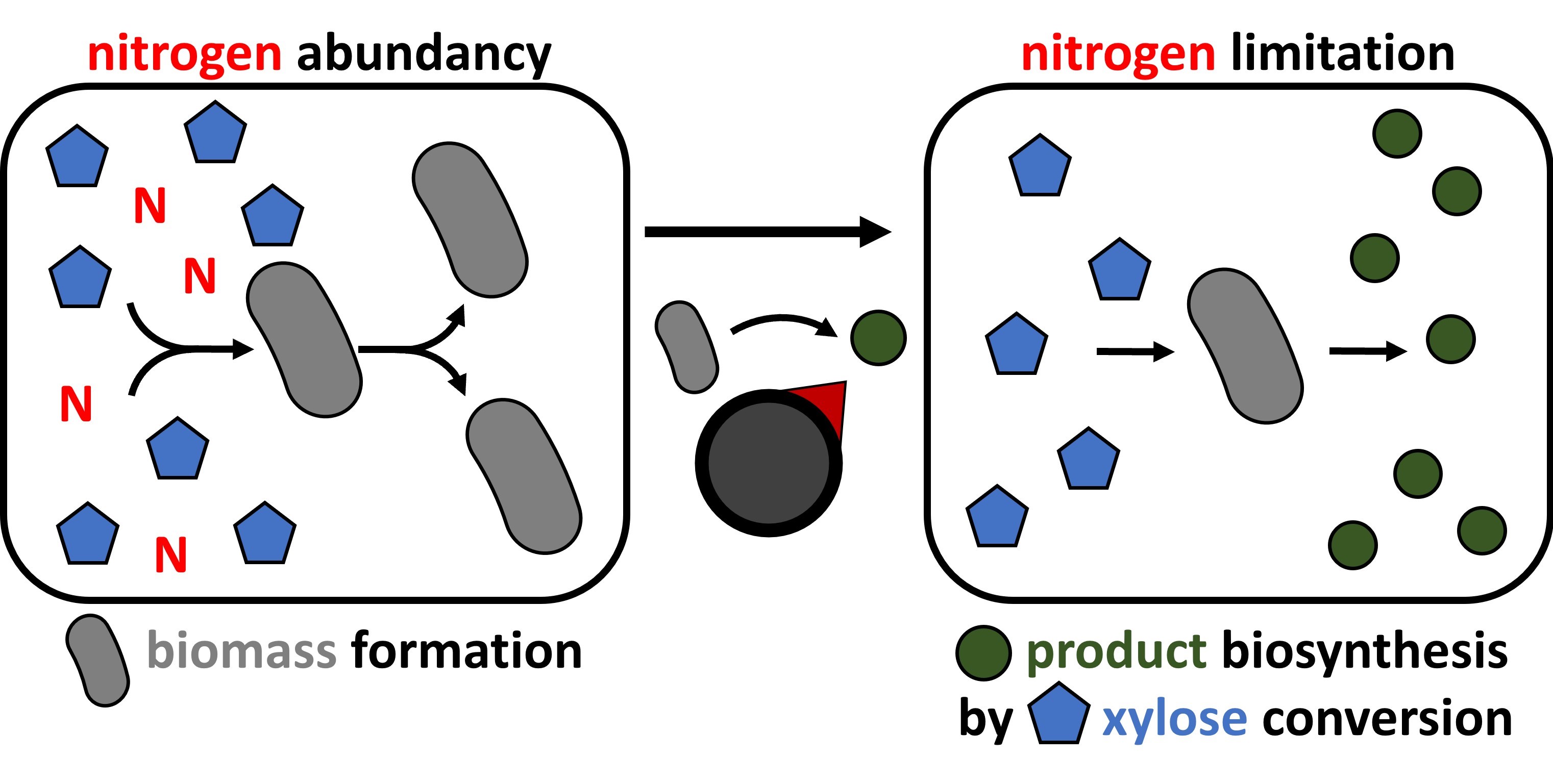
Article
22 May 2023Private Property and Public Commons: Narrowing the Gap
Private property and public commons each represent strongly felt concepts of society but in very different ways. While the protection of private property is at the heart of the capitalist system and deeply embedded in our laws, the protection of the public commons is a mere subset of government policies and often lacks firm regulations. Critically, natural commons such as air, water, biodiversity, and a habitable earth, are hardly protected at all. Environmental laws regulate use and protection of natural “resources” in a strict instrumental fashion, ignoring the intrinsic value of Nature and take Earth’s ecological systems for granted. This article traces the “hidden logic” of environmental law and explores some of the history of property and the commons in the European context. It then shows the fundamental importance of ecological integrity for all efforts towards sustainable societies. The overall thesis is that property and commons must be based on ecological sustainability as a fundamental norm of law.

Article
13 March 2023Design of Oscillatory Networks through Post-Translational Control of Network Components
Many essential functions in biological systems, including cell cycle progression and circadian rhythm regulation, are governed by the periodic behaviors of specific molecules. These periodic behaviors arise from the precise arrangement of components in biomolecular networks that generate oscillatory output signals. The dynamic properties of individual components of these networks, such as maturation delays and degradation rates, often play a key role in determining the network's oscillatory behavior. In this study, we explored the post-translational modulation of network components as a means to generate genetic circuits with oscillatory behaviors and perturb the oscillation features. Specifically, we used the NanoDeg platform—A bifunctional molecule consisting of a target-specific nanobody and a degron tag—to control the degradation rates of the circuit’s components and predicted the effect of NanoDeg-mediated post-translational depletion of a key circuit component on the behavior of a series of proto-oscillating network topologies. We modeled the behavior of two main classes of oscillators, namely relaxation oscillator topologies (the activator-repressor and the Goodwin oscillator) and ring oscillator topologies (repressilators). We identified two main mechanisms by which non-oscillating networks could be induced to oscillate through post-translational modulation of network components: an increase in the separation of timescales of network components and mitigation of the leaky expression of network components. These results are in agreement with previous findings describing the effect of timescale separation and mitigation of leaky expression on oscillatory behaviors. This work thus validates the use of tools to control protein degradation rates as a strategy to modulate existing oscillatory signals and construct oscillatory networks. In addition, this study provides the design rules to implement such an approach based on the control of protein degradation rates using the NanoDeg platform, which does not require genetic manipulation of the network components and can be adapted to virtually any cellular protein. This work also establishes a framework to explore the use of tools for post-translational perturbations of biomolecular networks and generates desired behaviors of the network output.
